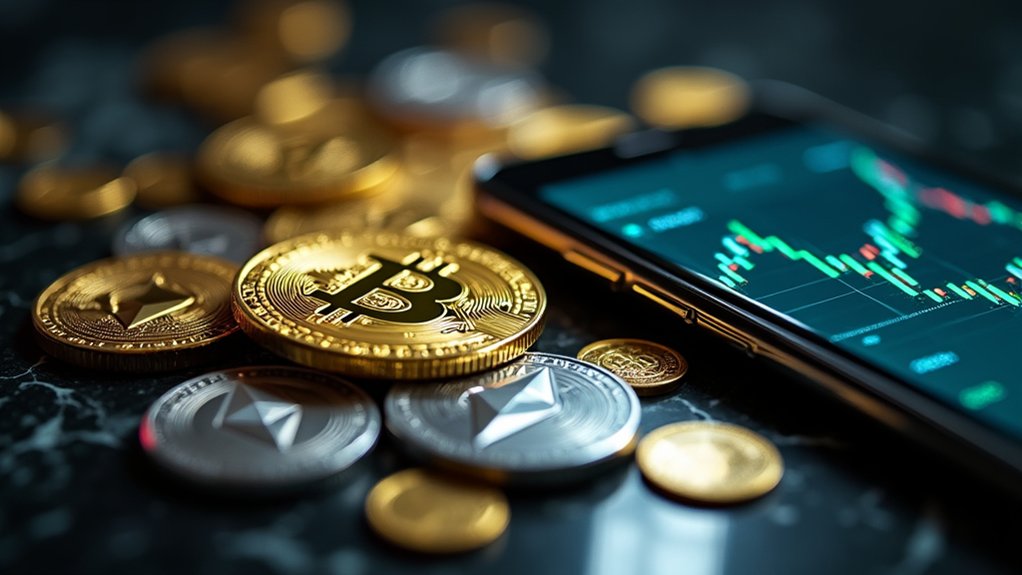The stampede began in earnest during the third week of July 2025, when corporate treasurers across eight countries apparently decided that holding cash—that quaint relic of twentieth-century finance—was for the risk-averse and unimaginative. Between July 14 and 19, fifty-eight separate companies announced Bitcoin treasury additions totaling approximately $810 million, transforming what was once considered fringe cryptocurrency speculation into mainstream corporate strategy.
Michael Saylor’s company predictably led this digital gold rush, accumulating 4,225 BTC while Bitcoin traded at the previously unthinkable level of $123,000. Metaplanet followed with 797 BTC, and Sequans added 683 BTC, creating a peculiar hierarchy where corporate prestige is now measured in satoshis rather than traditional assets. The remaining acquisitions cascaded through firms ranging from The Smarter Web Company (325 BTC) to Cango’s nearly 150 BTC, distributed across global regions with the methodical precision of a well-orchestrated institutional movement.
The geographic diversity proves particularly fascinating: companies from the United States, Japan, France, Canada, Sweden, the UK, Australia, and China simultaneously reached the same conclusion about Bitcoin’s treasury worthiness. This wasn’t mere coincidence but rather a coordinated recognition that traditional reserve assets might be losing their luster. While Bitcoin’s energy-intensive mining continues raising environmental concerns, energy-efficient consensus mechanisms developed by alternatives like XRP demonstrate how blockchain technology can evolve toward more sustainable solutions.
Technology firms, financial services companies, and digital asset managers collectively added 6,873 BTC to their balance sheets—a number that would have seemed absurd to treasury departments just five years ago. Unlike stocks which represent fractional shares of actual businesses, Bitcoin’s valuation relies primarily on buyer sentiment and market speculation.
Four entirely new corporate treasuries launched during this period, accumulating 817 BTC, while seventeen more announcements await implementation. The strategy mirrors historical gold investment patterns: core holdings for security, supplemented by speculative exposure through related equities. Corporate treasurers now balance Bitcoin accumulation for long-term value against liquidity requirements and capital market strategies.
Yet institutional adoption remains complicated by career risk concerns among asset managers, regulatory uncertainties, and the fundamental challenge of incorporating cryptocurrency into established compliance frameworks. Some institutions continue viewing Bitcoin skeptically, even as demand accelerates.
The irony persists—while corporations embrace Bitcoin as a reserve asset, many remain historically underexposed to gold, complicating the very analogies they use to justify these digital treasury strategies.








